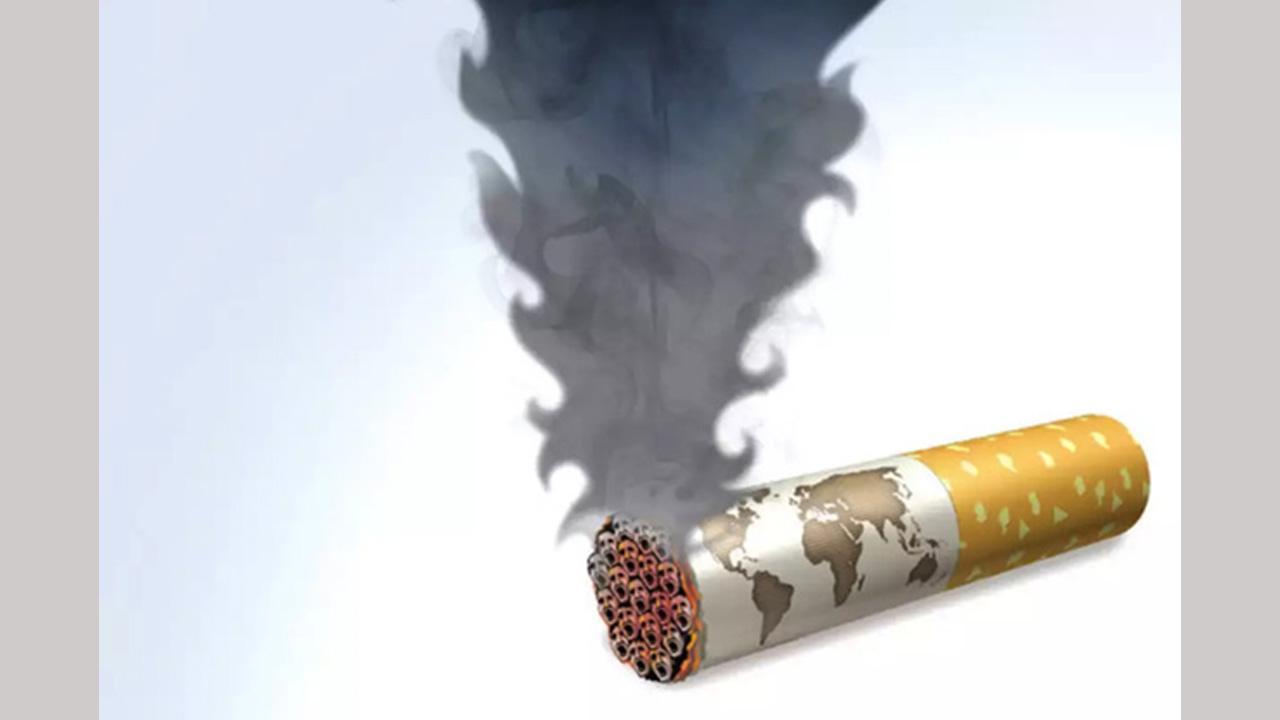India faces a unique tobacco control challenge due to a large economically weak tobacco using population.

ADVERTISEMENT
It is important for decision makers to consider the economic impact of the habit when drafting India’s tobacco policies. The tobacco industry supports millions of livelihoods and contributes significantly to India's tax revenue and farmer income. Despite significant investments by the government and organizations like WHO, current policies have not effectively reduced tobacco consumption. Cigarette & bidi sales have not reduced. India has 300 million tobacco users, accounting for one in three adults. The tobacco control framework needs to shift towards prioritizing solutions for the tobacco users and embrace insights from tobacco industry.
This is also inducing a vicious cycle of poverty in low- and middle-income countries (LMICs), where the highest consumption of tobacco comes from the lower economic strata. The poverty cycle is driven by three factors. Firstly, increasing taxes leads to a significant portion of their limited earnings being spent on the habit, making individuals even poorer. Secondly, tax inflation contributes to illicit tobacco trade, resulting in reduced government revenues and potentially affecting social welfare investments, further impacting the underprivileged. Lastly, tobacco-related diseases burden individuals with high healthcare costs. Quitting tobacco becomes nearly impossible due to the properties of nicotine as it reduces hunger and increases metabolism, enticing lower-income groups to regular use.
Is there a way to break this conundrum? The tobacco crisis can be controlled or eliminated by combining effective global strategies with tailored country-level approaches, where the govt promotes emotional appeal and science together, to reduce the impairment & threat. If banning tobacco is impossible, the only option left to the user is quit or die; as the existing control policies have not delivered and are now going to extremes of restricting safer alternatives. Several developed countries are adopting harm reducing alternatives to prioritize saving lives while working to reduce tobacco consumption. Governments across LMICs need to seriously consider a path of harm reduction to prioritize saving lives and reducing poverty, caused by tobacco.
For instance, Combustion or burning a cigarette produces temperatures over 850°C, releasing over 6000 harmful chemicals and carcinogenic particles that cause health issues. Some safer alternatives available globally eliminate combustion/burning entirely, significantly reducing the associated risks.
The present precautionary approach of tobacco control, in spite of its intent, is not quite solving for saving lives of existing users, as it doesn’t include safer alternatives to nicotine consumption. Countries like New Zealand & others have found a balance. LMICs should embrace global learnings to build progressive regulations, based on science, to reduce health risks for current users while limiting new ones.
Additionally, Tobacco control policies need to encourage the tobacco industry to invest in science and identify safer alternatives to harmful forms of tobacco, especially when tobacco cannot be prohibited. It is important to bring the tobacco policy makers and tobacco industry together to identify solutions, which is for the betterment of the users.
According to Upendra Nath Sharma, Partner, JSA, “If the government, in collaboration with the relevant stakeholders, puts in place a well-thought-out and publicly debated legislation that allows tobacco consumers the option to benefit from innovative and quality-controlled regulated alternatives (that are 90-99% less harmful versus traditional tobacco), this will go a long way in reducing reliance on harmful tobacco products and impact lives positively.”
Japan, USA, Countries in Europe etc. are all embracing alternatives for public health and achieved transformation through consumer awareness & adoption. However, developing nations face complexities in becoming tobacco-free due to limited awareness, misconceptions, and the lack of evidence-based policies.
Japan and Sweden have proved that adopting a reduced-risk and scientifically backed tobacco control policy does the healthcare expenditure. Between 2016 and 2019, the Japanese smoking rate reduced drastically - almost three in every ten Japanese smokers stopped smoking cigarettes. Sweden has seen a fall in national smoking rates from 15% to a mere 5.6% in the last 15 years and is expected to be smoke-free by 2023 end. Sweden recorded the lowest percentage of tobacco-related diseases and a 41% lower incidence of cancer in the EU.
If the developed world is embracing new science, India needs to lead it for the LMICs to have a positive impact on millions of lives. Harm control has been a strategy that the government has adopted across sectors like sugar and energy. Adopting a similar strategy for tobacco will save & transform many lives. A holistic, consultative & pragmatic approach between the government & the tobacco industry will be pivotal in developing a scientific regulatory framework which caters to the large existing tobacco user base in India while safeguarding public health interest & eliminating youth access completely, thereby minimizing social & economic impact significantly.
 Subscribe today by clicking the link and stay updated with the latest news!" Click here!
Subscribe today by clicking the link and stay updated with the latest news!" Click here!







